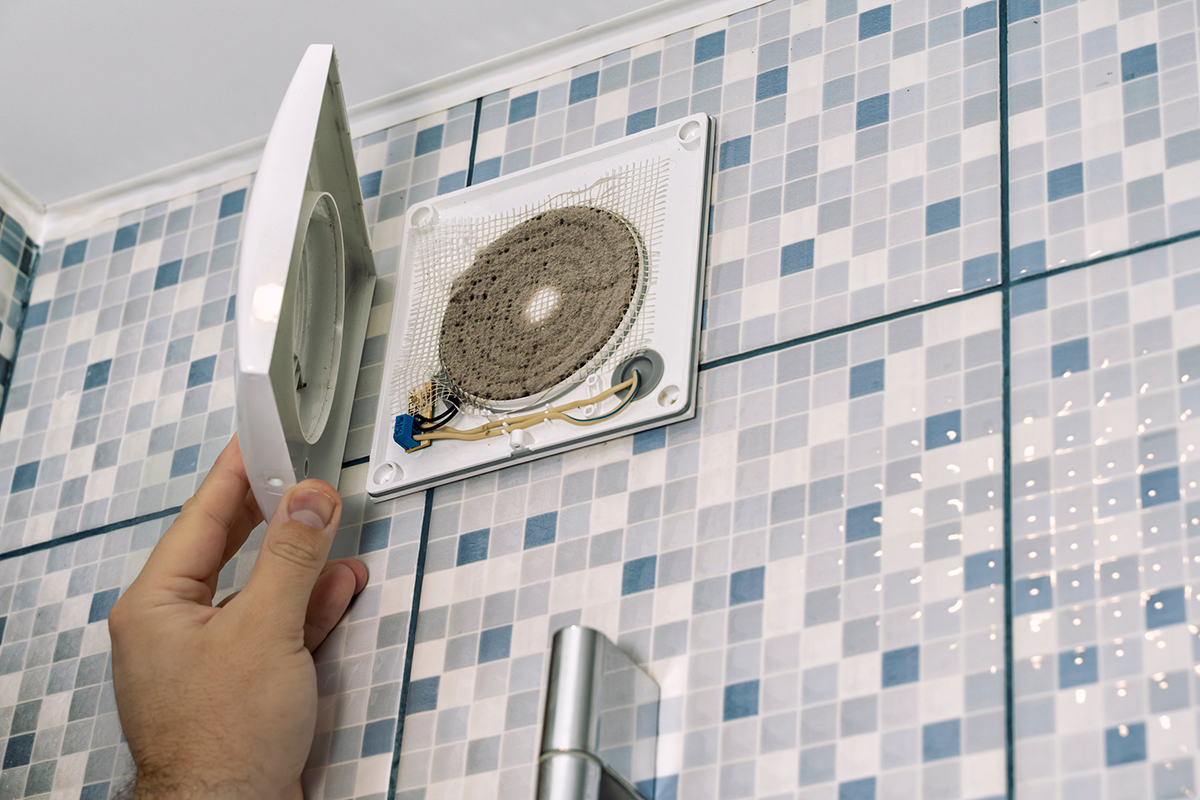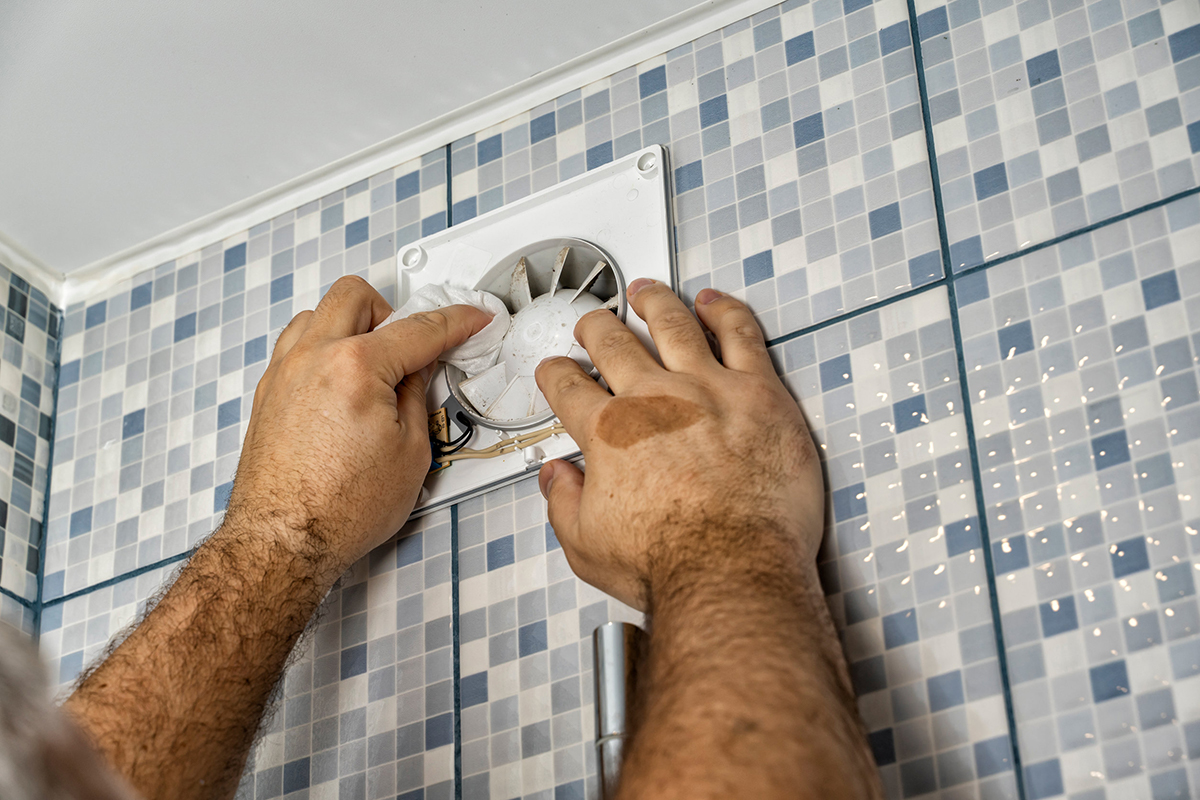Causes of Noisy Bathroom Fans: Bathroom Fan Too Noisy

Bathroom fan too noisy – A noisy bathroom fan can be a nuisance, especially when you’re trying to relax or sleep. There are several potential causes of a noisy bathroom fan, including:
- Worn bearings: The bearings in a bathroom fan can wear out over time, causing the fan to make a grinding or squealing noise.
- Loose components: The components of a bathroom fan, such as the motor or blades, can become loose over time, causing the fan to make a rattling or buzzing noise.
- Improper installation: A bathroom fan that is not installed properly can vibrate, causing the fan to make a loud noise.
Troubleshooting
If your bathroom fan is making a noise, you can try the following troubleshooting steps to identify the cause of the noise:
- Turn off the fan and listen for any noise. If the noise stops when the fan is turned off, the problem is most likely with the fan itself.
- Check the bearings for wear. To check the bearings, remove the fan cover and look for any signs of wear, such as pitting or rust.
- Check the components for looseness. To check the components for looseness, remove the fan cover and gently shake the fan. If any of the components are loose, they will rattle or move.
- Check the installation for proper mounting. To check the installation, remove the fan cover and look for any signs of improper mounting, such as gaps between the fan and the ceiling or wall.
Solutions for Quieter Operation

The noisy operation of a bathroom fan can be a nuisance, but there are several solutions to reduce the noise level. These include lubricating bearings, tightening loose screws, and using vibration-absorbing materials.
Another effective solution is to select and install a quieter bathroom fan model. When choosing a new fan, consider factors such as fan size, airflow capacity, and noise levels. Larger fans with higher airflow capacities tend to be noisier, while smaller fans with lower airflow capacities are typically quieter.
Selecting a Quieter Bathroom Fan
- Fan Size: The size of the fan should be appropriate for the size of the bathroom. A fan that is too small will not be able to adequately ventilate the room, while a fan that is too large will be noisy and inefficient.
- Airflow Capacity: The airflow capacity of the fan should be sufficient to ventilate the bathroom effectively. The airflow capacity is measured in cubic feet per minute (CFM). A good rule of thumb is to choose a fan with a CFM rating that is equal to or greater than the square footage of the bathroom.
- Noise Levels: The noise level of the fan is measured in sones. A sone is a unit of loudness. The lower the sone rating, the quieter the fan. Look for a fan with a sone rating of 2.0 or less.
Preventive Maintenance and Noise Reduction Techniques

To ensure your bathroom fan operates quietly and efficiently, regular maintenance and noise reduction techniques are essential. By implementing these practices, you can extend the lifespan of your fan and create a more peaceful bathroom environment.
Regular Maintenance Practices
- Cleaning the fan blades and housing: Dust and debris accumulation on the fan blades and housing can hinder airflow and create noise. Regularly clean these components with a soft cloth or vacuum cleaner to remove any buildup.
- Checking for loose parts: Over time, vibrations from the fan can cause parts to loosen. Inspect the fan periodically for any loose screws or bolts and tighten them accordingly.
- Ensuring proper ventilation: Inadequate ventilation can restrict airflow and increase noise levels. Ensure that the bathroom fan is properly vented to the outside and that there are no obstructions blocking the exhaust vent.
Noise Reduction Tips, Bathroom fan too noisy
- Using noise-absorbing curtains: Heavy curtains around the bathroom window or door can help absorb sound and reduce noise levels from the fan.
- Installing soundproofing materials: Soundproofing materials, such as acoustic panels or foam, can be installed around the fan or in the ceiling to absorb and dampen noise.
- Choosing a quieter fan: When replacing an old fan, consider opting for a model with a lower decibel rating, indicating a quieter operation.
The incessant drone of the bathroom fan can be a constant annoyance, but there is a solution that may provide solace: wiring the fan and light separately. Wiring bathroom fan and light separately allows you to operate the fan independently of the light, giving you the option of running it only when needed, effectively reducing noise and saving energy.
The incessant hum of the bathroom fan can disrupt the serenity of your designer home decor. Its noisy presence can shatter the tranquility you seek in this sanctuary of relaxation. As the fan continues to roar, it becomes an unwelcome distraction, hindering your ability to unwind and escape the stresses of the day.
